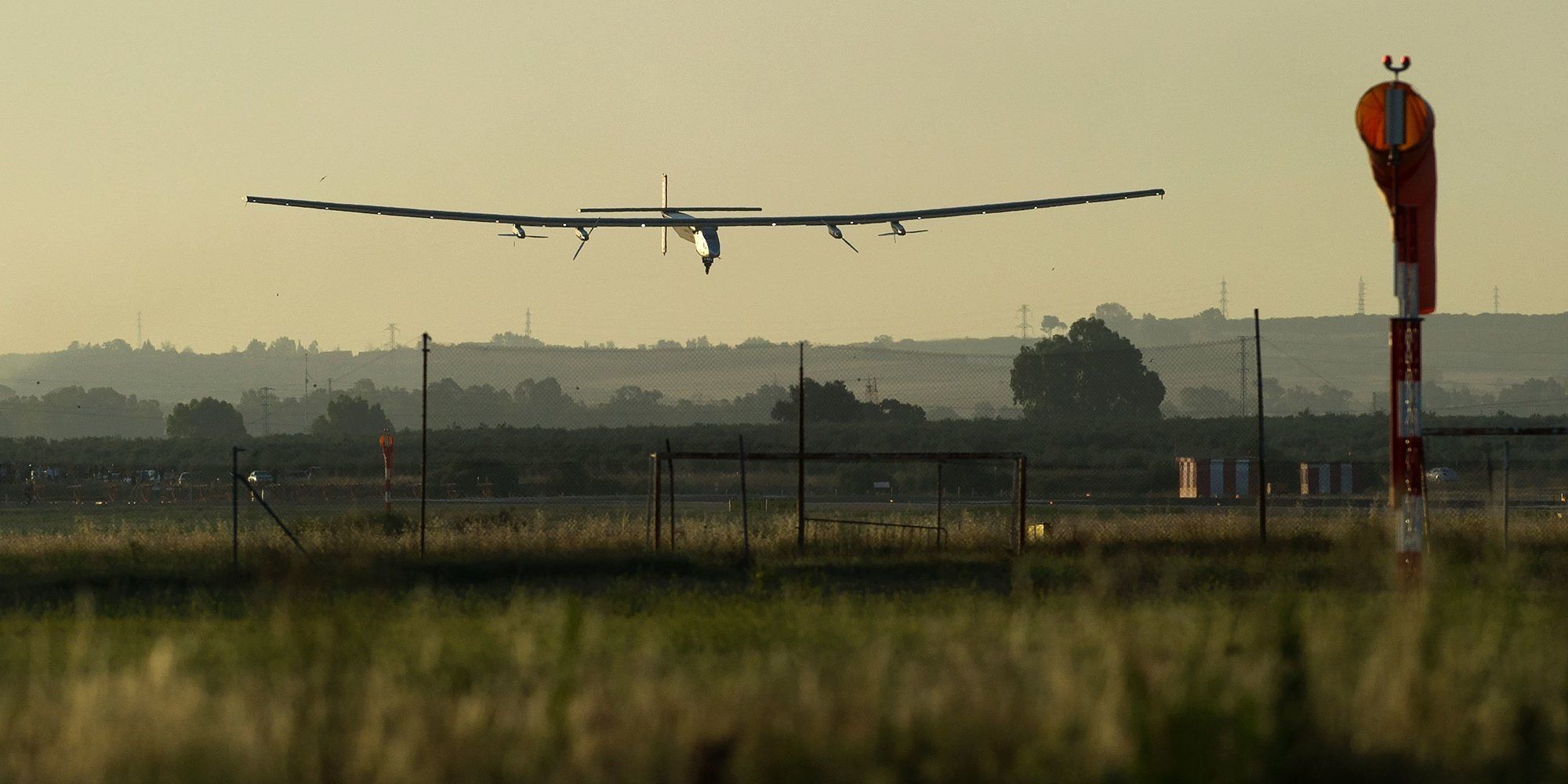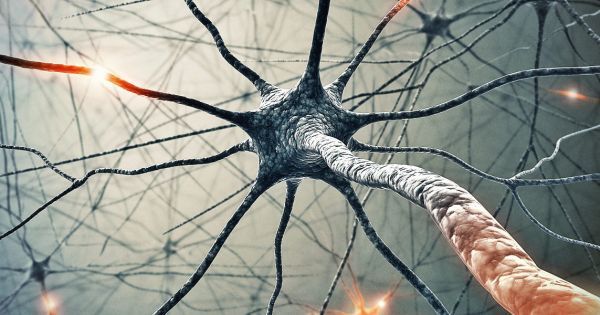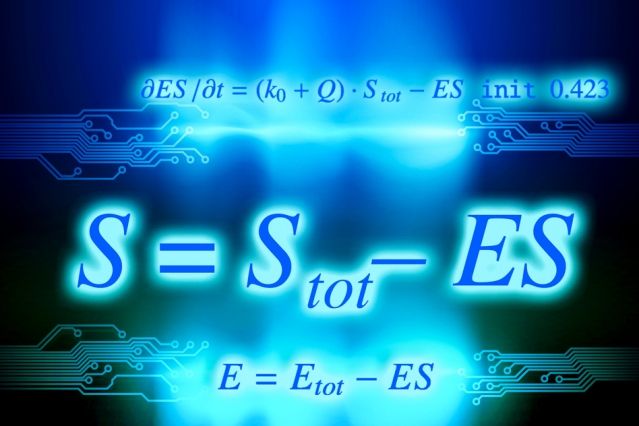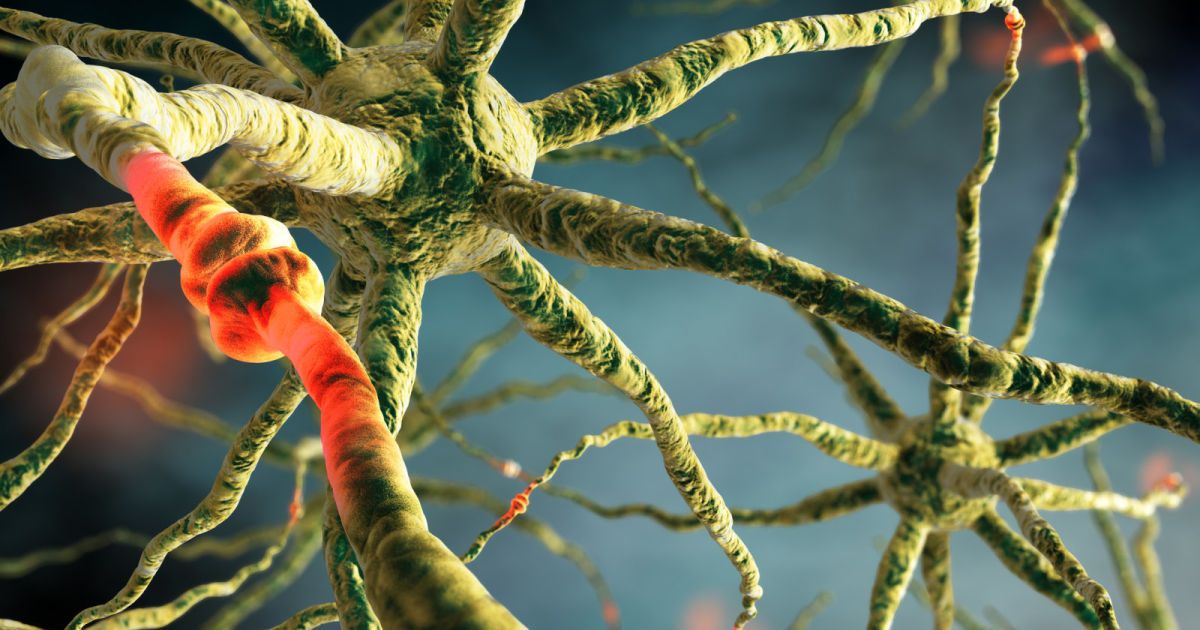Page 11031
Jun 25, 2016
MIT researchers built an AI that can predict sound
Posted by Shailesh Prasad in category: robotics/AI

The deep-learning machine can match digital sounds to visuals in a way that fools people most of the time.
Jun 25, 2016
NASA Wants to Launch Interstellar Space Missions in 20 Years
Posted by Shailesh Prasad in categories: nanotechnology, quantum physics, robotics/AI, space, time travel
The craving to explore beyond our solar system grows sturdier every day. This proves true for the understanding of wormholes and time travel as well. In order to satisfy our thirst for the unknown, NASA will research unknown physics revolutionizing exploration of space. We first have to advance our understanding of space-time, the quantum vacuum, gravity and other physical phenomena. This info will help NASA send robots on interstellar space missions. Precisely 15 areas will be studied comprising human exploration, landing systems, nanotechnology and robots.
Jun 25, 2016
New Alzheimer’s Treatment Could Reverse Memory Loss
Posted by Shailesh Prasad in categories: biotech/medical, health, neuroscience
A small clinical trial of 10 patients with early Alzheimer’s disease has shown that the memory loss and cognitive impairment caused by the disease can be reversed.
Scientists at the University of California, Los Angeles found a new treatment that could potentially reverse memory loss and cognitive impairment among patients with early Alzheimer’s disease.
In a small clinical trial, 10 individuals underwent a treatment called “metabolic enhancement for neurodegeneration,” or MEND. The treatment is based on 36 different factors, including changes in diet, exercise, and sleeping habits. It also includes the integration of certain drugs, vitamins, and brain stimulation therapy to a patient’s regular routine.
Continue reading “New Alzheimer’s Treatment Could Reverse Memory Loss” »
Jun 25, 2016
New analog compiler could help enable simulation of whole organs and even organisms
Posted by Shailesh Prasad in categories: biotech/medical, computing, mathematics
A transistor, conceived of in digital terms, has two states: on and off, which can represent the 1s and 0s of binary arithmetic.
But in analog terms, the transistor has an infinite number of states, which could, in principle, represent an infinite range of mathematical values. Digital computing, for all its advantages, leaves most of transistors’ informational capacity on the table.
In recent years, analog computers have proven to be much more efficient at simulating biological systems than digital computers. But existing analog computers have to be programmed by hand, a complex process that would be prohibitively time consuming for large-scale simulations.
Jun 25, 2016
Fully-autonomous drone launcher never needs a pilot
Posted by Shailesh Prasad in categories: drones, energy, food, robotics/AI, surveillance
Having UAVs conduct routine aerial surveillance is already having a transformative effect on farming and and energy production but they can only operate when there’s a human at the controls. That’s about to change thanks to an autonomous drone system that not only flies but also maintains itself. Tel Aviv-based UAV Airobotics has debuted a completely automated patrol drone system of the same name that is capable of operating with virtually no human intervention.
The system is composed of three parts: the drone itself, the “Airbase” robotic base station and the command software. It uses an “Optimus” UAV that can carry a 1-kilogram payload for up to 30 minutes. When the UAV finishes its patrol, it will land atop the base station whereupon a robotic arm will automatically swap out its battery and payload. All of this is controlled by the integrated software which enables users to pre-program flight paths as well as view real-time video and data feeds. The Airobotic system will likely find use in the mining and oil and gas industries as an aerial mapping platform, though it could easily be applied to any repetitive delivery or flyover task.
Continue reading “Fully-autonomous drone launcher never needs a pilot” »
Jun 25, 2016
All the rooms in this futuristic ‘drone hotel’ can fly away
Posted by Shailesh Prasad in categories: drones, transportation
Jun 25, 2016
Brain-like computers may now be realistic
Posted by Shailesh Prasad in categories: 3D printing, biotech/medical, computing, nanotechnology, robotics/AI, transportation
Power consumption is one of the biggest reasons why you haven’t seen a brain-like computer beyond the lab: the artificial synapses you’d need tend to draw much more power than the real thing. Thankfully, realistic energy use is no longer an unattainable dream. Researchers have built nanowire synapses that consume just 1.23 femtojoules of power — for reference, a real neuron uses 10 femtojoules. They achieve that extremely low demand by using a wrap of two organic materials to release and trap ions, much like real nerve fibers.
There’s a lot of work to be done before this is practical. The scientists want to shrink their nanowires down from 200 nanometers thick to a few dozen, and they’d need new 3D printing techniques to create structures that more closely imitate real brains. Nonetheless, the concept of computers with brain-level complexity is that much more realistic — the team tells Scientific American that it could see applications in everything from smarter robots and self-driving cars through to advanced medical diagnosis.
Jun 24, 2016
IBM to deliver 200-petaflop supercomputer
Posted by Shailesh Prasad in category: supercomputing
More supercomputer news this week: The US is responding to China’s new Sunway TiahuLight system that was announced Monday, and fast. First, the Department of Energy’s (DOE) Oak Ridge National Laboratory is expected to take delivery of a new IBM system, named Summit, in early 2018 that will now be capable of 200 peak petaflops, Computerworld reports. That would make it almost twice as fast as TaihuLight if the claim proves true. (We had originally reported in 2014 that both Summit and Sierra would achieve roughly 150 petaflops.)
TaihuLight (pictured below) now sits at number one on the twice-yearly TOP500 list of the fastest supercomputers in the world, with a Linpack benchmark score of 93 petaflops and a claimed peak of 124.5 petaflops. The latest TOP500 announcement Monday caused a bit of a stir. Not only is TaihuLight roughly three times faster than China’s Tianhe-2, the prior champion, but it also uses no US-sourced parts at all for the first time, as it’s powered by Sunway 260-core SW26010 processors that are roughly on par with Intel Xeon Phi, as well as custom proprietary interconnect.
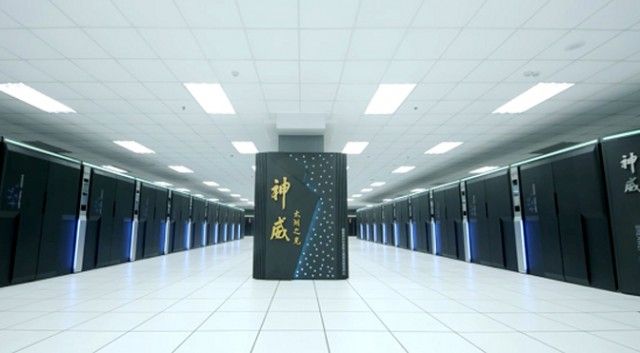
Continue reading “IBM to deliver 200-petaflop supercomputer” »
